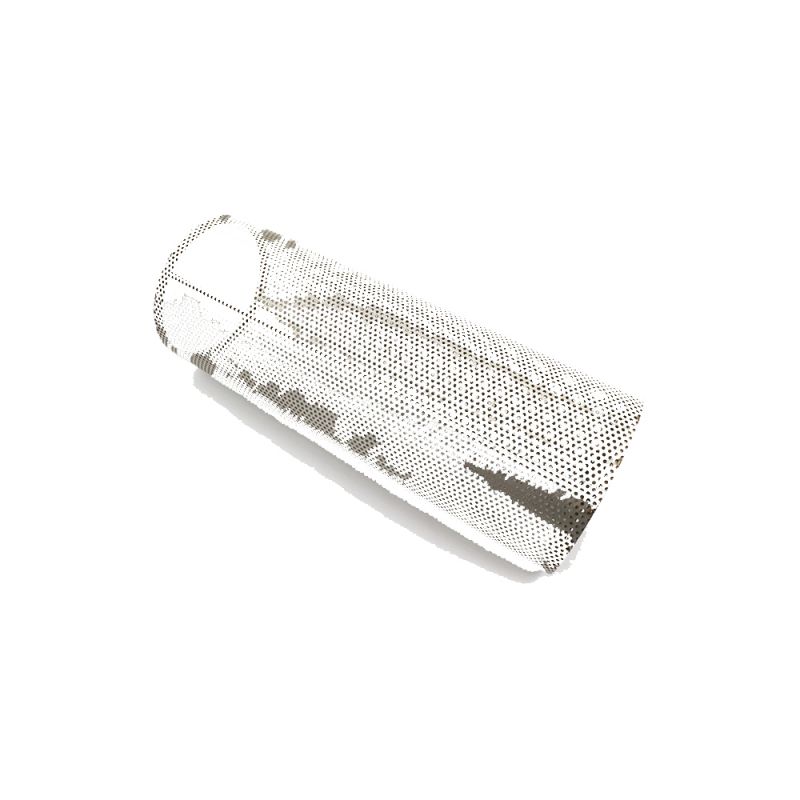- English
- Español
- Português
- русский
- Français
- 日本語
- Deutsch
- tiếng Việt
- Italiano
- Nederlands
- ภาษาไทย
- Polski
- 한국어
- Svenska
- magyar
- Malay
- বাংলা ভাষার
- Dansk
- Suomi
- हिन्दी
- Pilipino
- Türkçe
- Gaeilge
- العربية
- Indonesia
- Norsk
- تمل
- český
- ελληνικά
- український
- Javanese
- فارسی
- தமிழ்
- తెలుగు
- नेपाली
- Burmese
- български
- ລາວ
- Latine
- Қазақша
- Euskal
- Azərbaycan
- Slovenský jazyk
- Македонски
- Lietuvos
- Eesti Keel
- Română
- Slovenski
Why should I choose a PVD Hanging Fixture?
2024-09-25

Why is PVD Hanging Fixture necessary in PVD coating?
The PVD coating process requires a part to be rotated while it is being coated. This ensures that the coating is applied evenly across the entire surface of the part. Without a PVD Hanging Fixture, it becomes difficult to ensure that the part is rotated at a consistent rate, leading to an uneven coating, which can result in defects such as peeling or flaking.
What materials are PVD Hanging Fixtures made of?
PVD Hanging Fixtures are typically made of materials that can withstand high temperatures and the chemical environment of the PVD coating process. Materials such as stainless steel, titanium, and tungsten carbide are commonly used in the construction of PVD Hanging Fixtures.
How do you choose the right PVD Hanging Fixture?
Choosing the right PVD Hanging Fixture depends on several factors such as the size and shape of the part being coated, the weight of the part, and the type of PVD coating being applied. It is important to choose a PVD Hanging Fixture that is compatible with the part being coated and can hold the part securely throughout the entire coating process.
What are the benefits of using a PVD Hanging Fixture?
Using a PVD Hanging Fixture ensures that the coating is applied evenly across the entire surface of the part. This results in a high-quality, durable coating that is resistant to wear and corrosion. Additionally, using a PVD Hanging Fixture saves time and labor by automating the rotation process, allowing for greater productivity and efficiency.
How to maintain and care for a PVD Hanging Fixture?
To maintain and care for a PVD Hanging Fixture, it is important to clean it regularly to remove any residual coating material. It is also important to inspect the fixture for any signs of wear or damage and replace any worn or damaged parts as needed.
Conclusion
In conclusion, a PVD Hanging Fixture is essential for achieving a high-quality, durable coating on parts in the PVD coating process. By choosing the right PVD Hanging Fixture and properly maintaining it, businesses can ensure that their parts are coated evenly and efficiently, leading to greater productivity and better overall performance.
Dongguan Fuchengxin Communication Technology Co., Ltd. is a leading manufacturer of PVD Hanging Fixtures. We specialize in the design and production of high-quality fixtures for the automotive, aerospace, electronics, and medical equipment industries. Our products are made from the finest materials and are designed to withstand the most demanding conditions. Contact us today at Lei.wang@dgfcd.com.cn to learn more about our products and services.Reference
1. H. Zhang, Y. Jiang, K. Wang, F. Liu. (2021). "Study on the preparation and properties of chromized and nitrogenized 316L stainless steel by hybrid treatment," Surface and Coatings Technology, vol. 409, pp. 127066.
2. L. Zhang, W. Wei, D. Sun, X. Zhang. (2020). "Effects of magnetic field on the properties of Ti-Al-N coatings deposited by arc ion plating," Surface and Coatings Technology, vol. 388, pp. 125659.
3. C.-S. Lee, Y.-R. Chen, C.-C. Chang. (2019). "Surface modification of Ti6Al4V by plasma immersion ion implantation and deposition with Si-containing hydroxyapatite coating," Surface and Coatings Technology, vol. 357, pp. 150-156.
4. S. Wang, X. Pan, Y. Liu, J. Li, Y. Tao. (2018). "Optimizing laser processing parameters to improve bonding interface quality in laser cladding Ti6Al4V/GDZ100 brazing joints," Surface and Coatings Technology, vol. 334, pp. 29-36.
5. J. Li, G. Chen, P. Lv, W. Zhang, Y. Zhang. (2017). "High-temperature oxidation resistance of the Ti(C, N)/TiB2 multilayer coatings on Ti6Al4V," Surface and Coatings Technology, vol. 316, pp. 215-219.
6. S. He, T. Wang, H. Huang, W. Wu, Z. Liu. (2016). "Effect of substrate sputtering on microstructure and mechanical properties of Al2O3 films deposited by plasma enhanced chemical vapor deposition," Surface and Coatings Technology, vol. 292, pp. 92-97.
7. P. Wang, L. Zhang, J. Li, C. Xu, K. Zhang, J. Liu. (2015). "Investigation of tribological properties of diamond-like carbon films with bioinspired surface microstructure," Surface and Coatings Technology, vol. 275, pp. 217-225.
8. Y. Luo, D. Cheng, H. Chen, B. Liu, J. Pan, L. Wang, W. Zhang. (2014). "Enhancing the corrosion behavior of nanocrystalline nickel coatings by pre-oxidation treatment," Surface and Coatings Technology, vol. 242, pp. 22-27.
9. H. Liu, L. Dong, Y. Song, L. Cheng, J. Zhang, C. Ruan. (2013). "Application of the grinding-theory-based tool path planning method in contact area calculation and NC machining of complicated surfaces," International Journal of Advanced Manufacturing Technology, vol. 68, pp. 397-413.
10. J. Song, H. Lin, X. Cui. (2012). "Effect of electronegativity on tribological properties of amorphous a-C coatings in different atmospheres," Surface and Coatings Technology, vol. 206, pp. 3477-3482.



